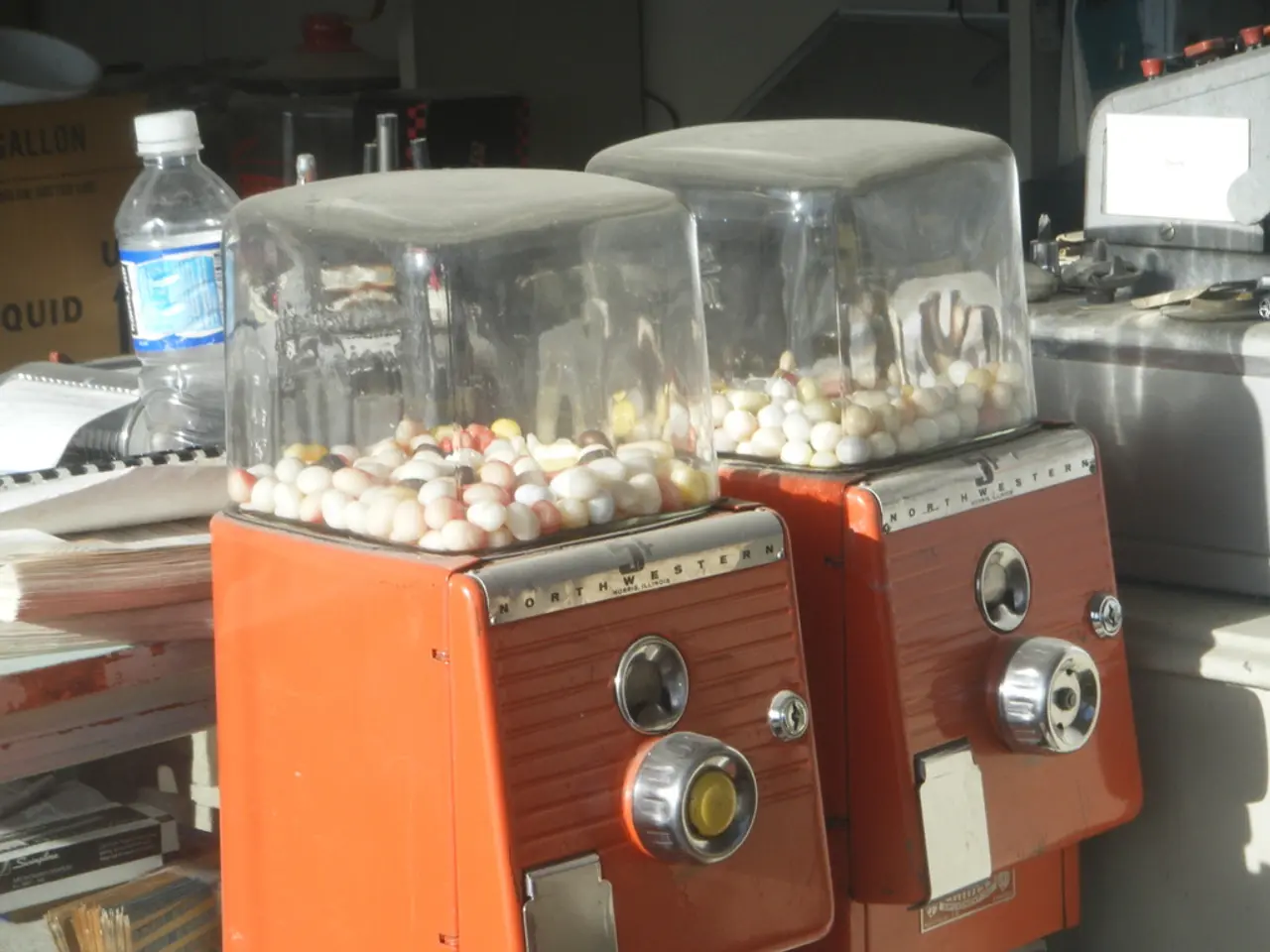Experimenting with the Dissolution of Candy Canes: A Scientific Exploration
In a delightful display of science and sweetness, children recently took part in an intriguing experiment that involved candy canes and three common household liquids: water, milk, and juice.
The experiment began with unwrapped candy canes placed in each of the three jars or glasses. To the surprise of the participants, the candy cane in the water started to dissolve immediately, while the one in milk took a bit longer than initially expected. The candy cane in juice, however, proved to be the most stubborn, taking the longest to dissolve.
The opaque nature of the candy cane made it difficult to see the dissolving process in the milk, but in the juice, the different layers dissolved one by one, offering a clear view of the experiment's progress.
Everyone enjoyed the minty flavour that filled the air as the candy canes dissolved, making the experiment not only educational but also fun. The children were encouraged to make predictions about which liquid would cause the candy cane to dissolve first, fostering their problem-solving skills and keeping them thinking like scientists.
The Candy Cane Science Experiment shares similarities with other popular science experiments for kids, such as the Density Tower Experiment, Magic Milk, Volcano Eruption, Lava Lamp, Elephant Toothpaste, Color Changing Flowers, Crystal Growing, and Balloon Air Expansion. These experiments, like the Candy Cane Science Experiment, are accessible, visually appealing, and educational, focusing on fundamental scientific concepts like density, chemical reactions, and physical changes. Many of these experiments use common household items and are suitable for group or individual exploration by children.
The Candy Cane Science Experiment was a sweet success, providing an enjoyable and engaging way for children to learn about science while indulging in a bit of holiday spirit.
This experience sparked curiosity not only about science but also in the realm of health-and-wellness, as the different dissolution rates of the candy cane in various liquids raised questions about the properties of these substances. Encouraging the children to participate in science experiments like this could foster a lifelong appreciation for learning, extending beyond education-and-self-development to encompass fitness-and-exercise as well, as critical thinking skills are essential in all areas of life. As a result, such experiments offer a holistic approach to nurturing the cognitive, physical, and emotional growth of young learners.




